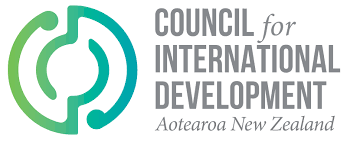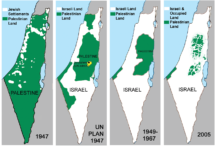The Council for International Development’s (CID) annual membership survey of the international development and humanitarian aid sector is the only survey of its kind for Aotearoa New Zealand and captures valuable data and detailed insight into the world New Zealand’s international NGOs operate.
For more than 20 years, CID has surveyed its membership annually, with this year 58 of CID’s 90 member organisations participating. Members provided response on a range of thematic areas including size, scope, finances and priorities; satisfaction with New Zealand Ministry of Foreign Affairs & Trade (MFAT) partnerships as well as views on future direction.
This year’s survey also expanded the data being compared from the normal three years out to eight years, producing a more comprehensive report providing greater insight into long-term trends in the sector.
A significant finding was that development spend from CID Members, sitting at $253 million (NZD) in 2022-2023, was the highest it has been since the survey began. The 55% increase over the last four years demonstrates the sector’s commitment to supporting increased development activity. Whilst Covid-19 affected development spend for 2020 and 2021, the sector has rebuilt its programme delivery support and surpassed previous levels of expenditure.
Public funding still remains the largest funding source for CID members, equating to approximately 50% of total funding. Funding support from multilateral organisations also increased significantly in 2023. Contrary to common perception, the survey found that Government funding only makes up 16% of funding for INGOs.
The survey also examines workforce profile and finds a predominance of female staff across most roles in the sector, which has been consistent since 2017 where it shifted from a male dominated workforce. Women also make up a higher proportion of senior leadership roles, but are less represented in governance positions.
This year’s survey also discovered a shift in the location of spend, with the Pacific surpassing Africa as the largest recipient of development funding in 2022-2023. This is consistent with MFAT’s focus and reset towards the Pacific region. Previously, Africa was consistently the largest recipient of development funding from 2020-2022. South-East Asia has also become more of a focus this year, increasing to 20% of the spend, as well as the Americas seeing an increase in their share of funding.
The past three years has seen an upwards trend of localisation. Some organisations have increased the number of local partners they work with, while others have chosen to work with a select few.




